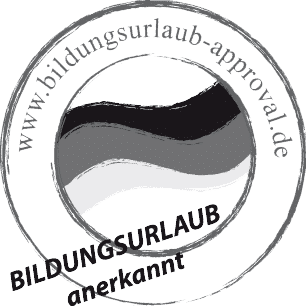2. Get them producing
I discovered pretty quickly that at this level, they can deal very well with reading and listening texts, even if they may not understand everything. By this level they have developed enough strategies to deal with unknown items, e.g. ignoring unnecessary ones or deducing approximate meaning of ones that are important. So, the way to challenge them was to get them producing texts, either speaking or writing. This is where I could give them lots of feedback on what they were saying and more importantly what they weren’t saying, i.e. their gaps.
I used a lot of reformulation and recasting to offer them more natural or more sophisticated ways of expressing what they wanted to say.
Here are some of the ways I gave them feedback on their speaking and writing to help them notice the gap between their output and my output as a more proficient user.
Rewriting their homework
Although it took a little bit of time, when students had given me written work, I would type out their answers and reformulate them so that the language was closer to how I would write it. For example, I'd add in more natural expressions or more sophisticated language. It wasn’t about correcting their errors although that sometimes happened.
Then, I would give them back their version and my version and of course a comment at the end of their work that would respond to the content of their work (e.g. a great story, I can’t wait to see what happens next!). I would give learners 10-15 minutes of the lesson to compare the two versions, underline any new phrases or expressions and ask any questions about the upgraded version of their work. They really appreciated the time I had spent on their homework and also it made them see where they could push themselves further.
Recording their speaking

I often encouraged them to record their speaking in class, whether it was a discussion, a monologue, a dramatic performance. Then I would get learners to transcribe what they had said. This was a really useful way of getting learners to notice their output and where they could improve, e.g. if they were making lots of pauses but didn’t have any fillers to use to buy themselves time, or any minor persistent errors (it’s only at this level that learners were finally able to implement third person singular -s!).
It also meant that we could look at improving pronunciation too, e.g., intonation patterns which might be easier for the listener, and many of them in this group wanted to imitate my accent so we would have lots of really focused practice of particular sounds and features of connected speech. I would get them annotating their transcription with where to pause, where to place stress, where to use linking sounds etc and they would record it again and again until they were happy with it. So, sometimes lessons would get learners producing a lot (quantity) to challenge them, but other times, the focus would be on producing a much smaller amount and exploiting this a lot more (quality).











